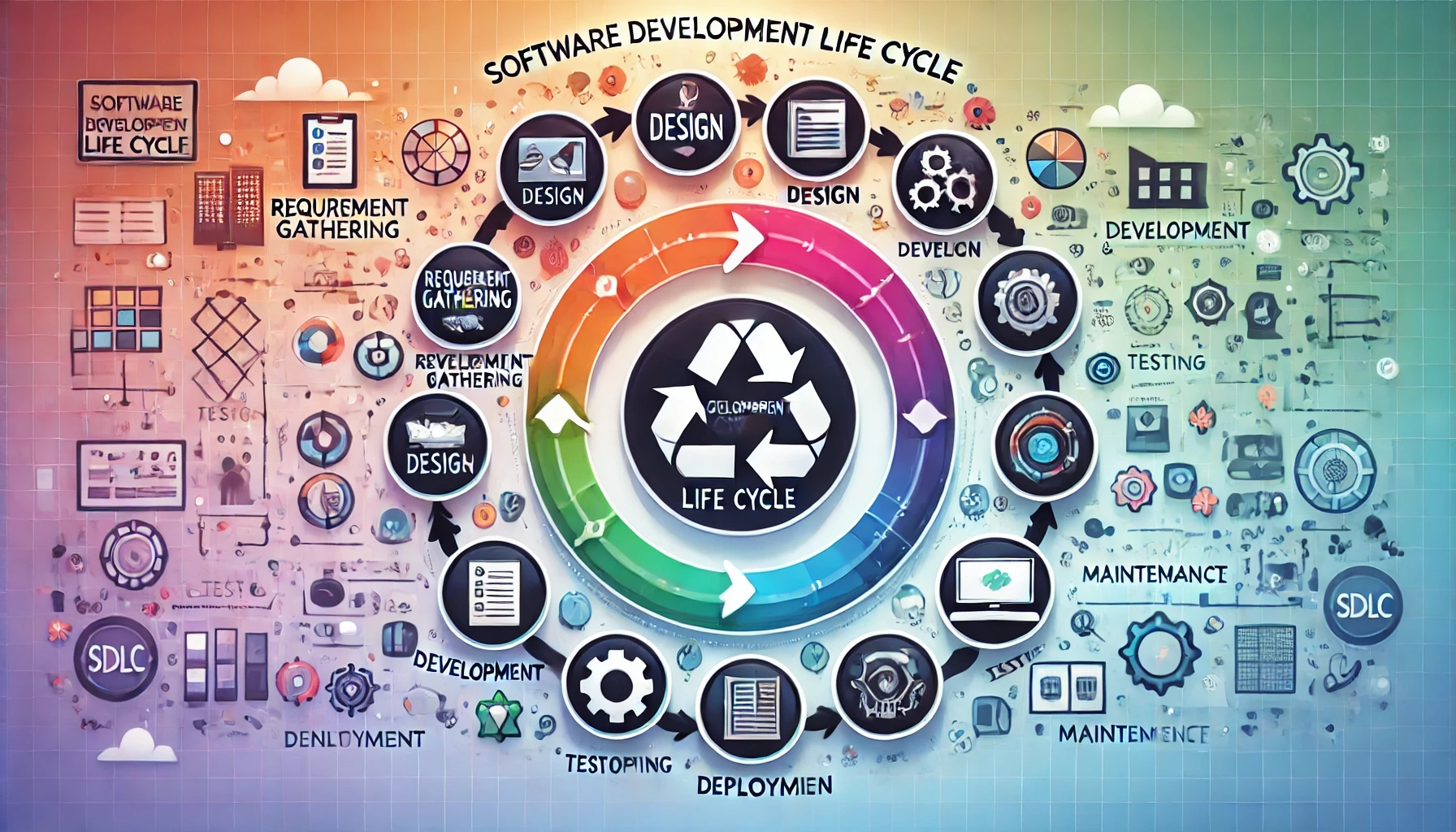React Query vs RTK Query: A Comparative Guide for Data Fetching in React

Introduction to Data Fetching in React
Data fetching is a common task in React apps. Developers can use two strong libraries: React Query and RTK Query. Both simplify data synchronization with external APIs, but they approach the task differently. This guide explores their core differences to help you choose the right one for your next project.
What is React Query?
React Query is a useful library. It helps you fetch, cache, sync, and update server-side data in your React apps. You can do this without the hassle of managing complex state on your own. It helps you focus on improving the user experience. It offers features like automatic caching, background syncing, and smoother loading.
Key Features of React Query:
- Smart caching
- Automatic refetching and data synchronization
- Background data refreshes
- Pagination and infinite scrolling support
What is RTK Query?
RTK Query is part of Redux Toolkit (RTK) and simplifies data fetching in Redux-powered apps. It removes the standard code usually required for handling Redux store slices, actions, and reducers. It also fits well into a Redux-based system.
Key Features of RTK Query:
- Built into Redux Toolkit
- Integrated caching and refetching
- Optimistic updates
- Minimal Redux boilerplate
Key Differences Between React Query and RTK Query
React Query and RTK Query are both good for managing server state. However, they have important differences in their design and use cases. Here’s a table summarizing the primary differences:
| Feature | React Query | RTK Query |
| Library Size | Smaller, purpose-built for data fetching | Part of Redux Toolkit, slightly larger |
| Cache Management | Automatic caching with time-based staleness | Redux store-based caching |
| Data Fetching Logic | Declarative hooks for fetching | Integrated into Redux slices |
| Redux Dependency | No | Yes |
| DevTools | Dedicated React Query DevTools | Uses Redux DevTools |
| Pagination/Scrolling | Built-in support | Requires custom logic |
| Boilerplate | Minimal | Simplified but with Redux concepts |
When to Use React Query?
React Query is great for apps where you want efficient data syncing without managing global state. It works well in these situations:
1. Non-Redux applications: If you don’t use Redux, you can rely on React Query for data fetching.
2. GraphQL and REST APIs: React Query is compatible with both GraphQL and RESTful APIs.
3. Fine-grained cache management: Use it when you need control over caching, refetch intervals, and pagination. React Query is also useful for background data syncing. It helps reduce the extra code needed for state management.
import { useQuery } from 'react-query';
function fetchUser() {
return fetch('/api/user').then(res => res.json());
}
function UserComponent() {
const { data, error, isLoading } = useQuery('user', fetchUser);
if (isLoading) return <div>Loading...</div>;
if (error) return <div>Error fetching data</div>;
return <div>{data.name}</div>;
}
When to Use RTK Query?
RTK Query is the go-to solution when you are already using Redux to manage your app’s state. It integrates perfectly with Redux architecture and helps in maintaining a centralized state.
Use RTK Query if:
- You’re already using Redux: It extends Redux's power without adding an extra library.
- You need caching with centralized state: It keeps all server data within your Redux store.
- Complex global state management: RTK Query’s optimistic updates and built-in middleware simplify global state management.
import { createApi, fetchBaseQuery } from '@reduxjs/toolkit/query/react';
const api = createApi({
reducerPath: 'api',
baseQuery: fetchBaseQuery({ baseUrl: '/api' }),
endpoints: (builder) => ({
getUser: builder.query({
query: (id) => `user/${id}`,
}),
}),
});
export const { useGetUserQuery } = api;
function UserComponent({ id }) {
const { data, error, isLoading } = useGetUserQuery(id);
if (isLoading) return <div>Loading...</div>;
if (error) return <div>Error fetching data</div>;
return <div>{data.name}</div>;
}
Performance Considerations
Both libraries optimize network requests efficiently, but their approaches differ. React Query excels in applications where cache management and background updates are critical. RTK Query, on the other hand, shines in applications requiring centralized state management and global access to server data.
React Query Performance Features:
- Background data fetching reduces perceived latency.
- Minimal boilerplate for optimized fetching behavior.
RTK Query Performance Features:
- Integrated caching reduces redundant network requests.
- Supports optimistic updates and rollbacks.
Visualizing the Data Fetching Workflow
To better understand how each library works, here’s a simple visual representation of their workflows:
React Query Workflow:
- Query sent to API
- Response cached automatically
- Background refresh based on staleness
RTK Query Workflow:
- API call integrated with Redux slice
- Response stored in the Redux store
- State accessed globally through Redux

Conclusion – Which Should You Choose?
Both React Query and RTK Query are powerful tools for handling server-side state in React applications. The choice between them often boils down to your existing architecture:
- Choose React Query for simpler applications where you don’t need global state management.
- Choose RTK Query for Redux-based applications where you benefit from centralized state and minimal boilerplate.
By understanding their strengths and weaknesses, you can select the right tool for your project’s needs.
Frequently Asked Questions

About the Author
Hey, I'm Md Shamim Hossen, a Content Writer with a passion for tech, strategy, and clean storytelling. I turn AI and app development into content that resonates and drives real results. When I'm not writing, you'll find me exploring the latest SEO tools, researching, or traveling.
Trendingblogs
Get the best of our content straight to your inbox!
By submitting, you agree to our privacy policy.








